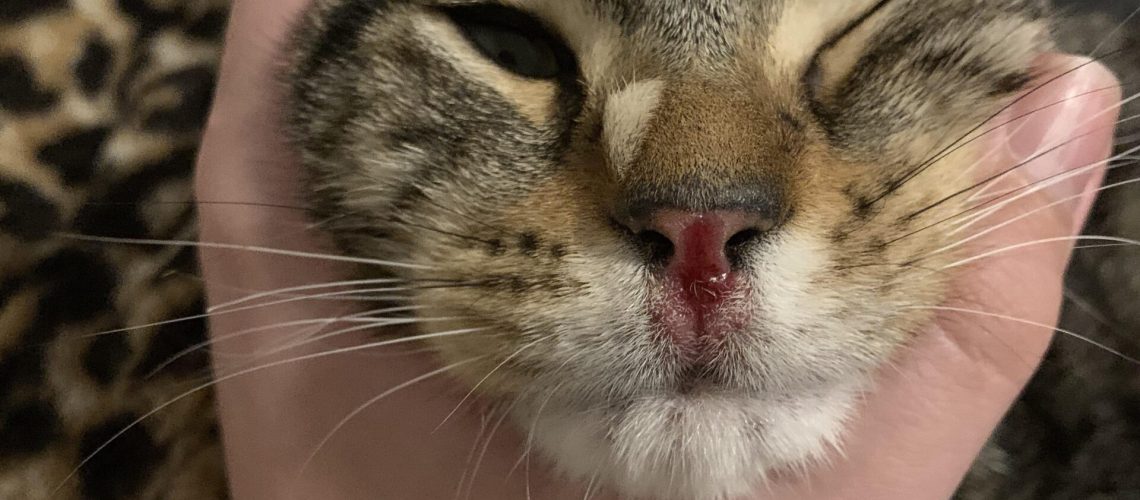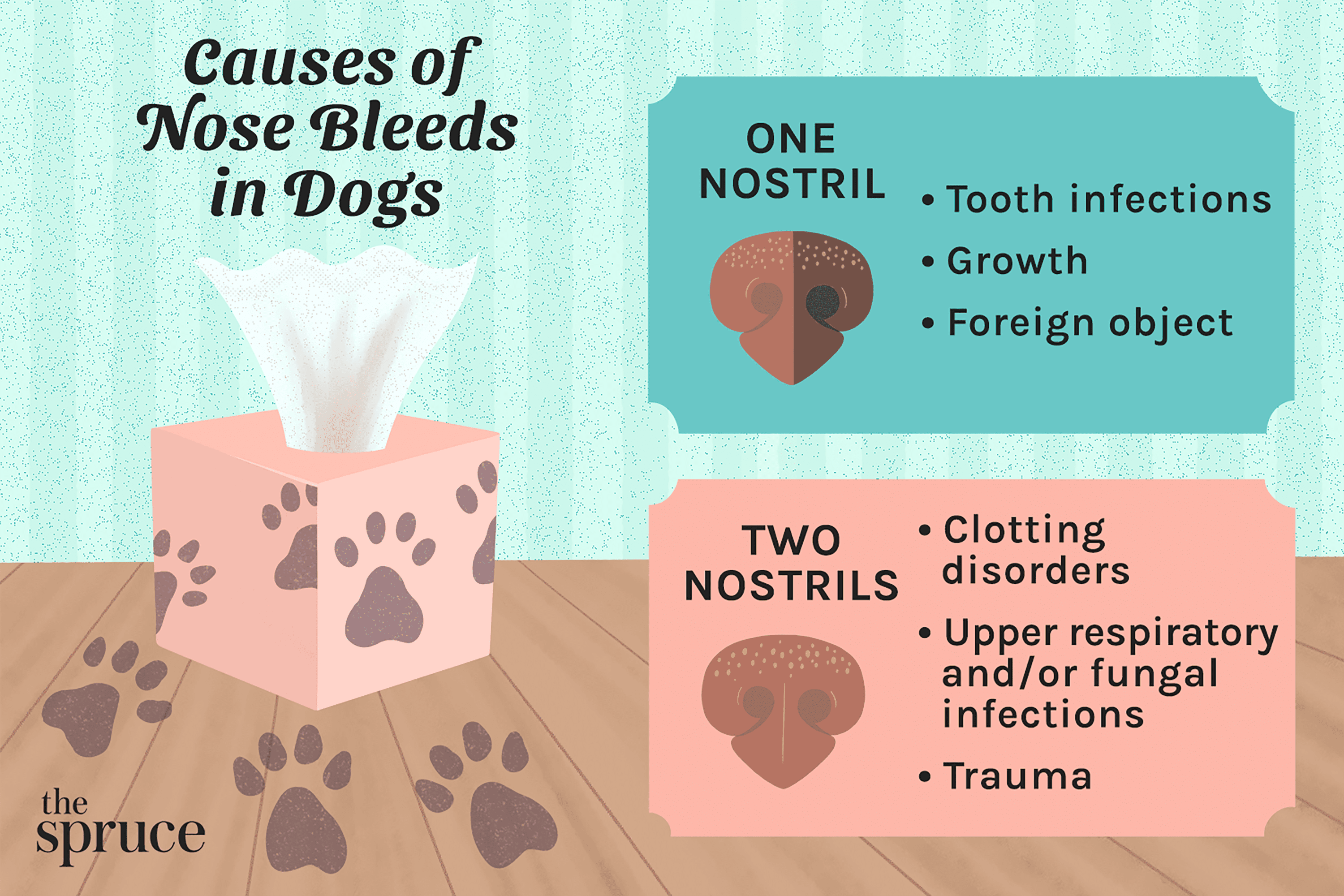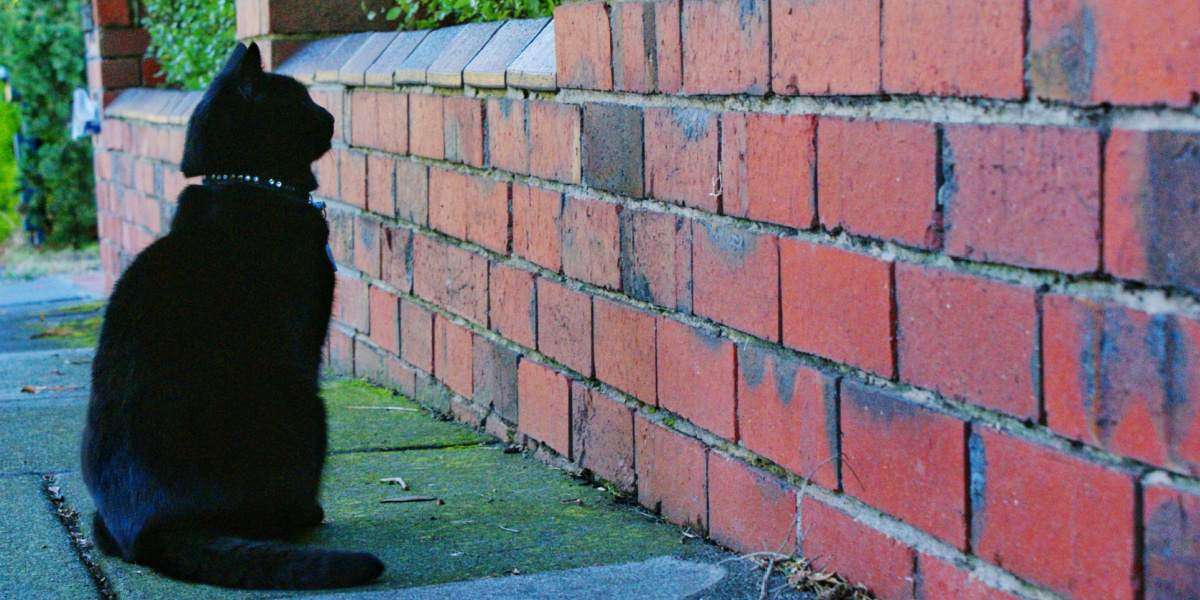Introduction:
Discover the hidden secrets behind your furry friend's mysterious nosebleeds! Whether you're a devoted cat lover or simply curious about feline health, understanding nosebleeds in cats can provide invaluable knowledge that could potentially save your pet's life. Imagine being able to confidently identify the cause of Kitty's bleeding and take immediate action to alleviate their discomfort. With this newfound understanding, you'll gain the power to become your cat's ultimate caretaker and guardian. So, let's embark on this enlightening journey together as we unravel the enigma of nosebleeds in our beloved feline companions.
Word Count: 103
Key Takeaways:
- Nosebleeds in cats can be caused by a variety of factors, including trauma, infections, tumors, or underlying health conditions.
- It is important to monitor the frequency and severity of nosebleeds in cats, as persistent or severe bleeding may indicate a more serious underlying issue.
- If your cat experiences a nosebleed, it is best to seek veterinary attention to determine the cause and provide appropriate treatment.
- Keeping your cat's environment clean and free from potential irritants can help prevent nosebleeds caused by allergies or exposure to harmful substances.
- Regular check-ups with a veterinarian can help identify any potential health concerns early on and prevent complications associated with nosebleeds in cats.
Understanding Nosebleeds in Cats
What is a Nosebleed?
A nosebleed, also known as epistaxis, occurs when there is bleeding from the nose. In cats, it can be quite alarming to witness your furry friend experiencing a nosebleed. It's important to understand that a cat's nosebleed may not always be a cause for immediate concern, but it should still be taken seriously.
Signs of a Cat's Nosebleed and How to Spot Them
When your cat has a nosebleed, there are some signs you can look out for. These include:
- Blood dripping or flowing from the nostrils
- Sneezing blood
- Pawing at the face or rubbing the nose on surfaces
- Swelling or redness around the nostrils
If you notice any of these signs, it's essential to examine your cat further and determine if they are indeed experiencing a nosebleed.
Possible Causes and Factors Contributing to Cat Nosebleeds
Potential Causes of Nosebleeds in Cats
There can be various reasons why cats experience nosebleeds. Some common causes include:
1. Trauma: If your cat has had an injury to their face or head, it could lead to a nosebleed.
2. Foreign Objects: Cats are curious creatures and may insert foreign objects into their noses, causing irritation and bleeding.
3. Infections: Respiratory infections or sinusitis can lead to inflammation and subsequent bleeding.
4. Tumors: While rare, tumors in the nasal cavity can cause persistent nosebleeds.
Factors Contributing to Cat Nosebleeds
Certain factors can increase the likelihood of cats experiencing nosebleeds. These factors include:
- Dry air: If your cat is exposed to dry air for extended periods, it can dry out the nasal passages, making them more prone to bleeding.
- High blood pressure: Cats with hypertension may be at a higher risk of nosebleeds.
- Blood clotting disorders: Some cats have underlying conditions that affect their blood's ability to clot properly, making nosebleeds more common.
Understanding these causes and factors can help you identify potential triggers for your cat's nosebleeds and take appropriate action.
The Potential Dangers of Nosebleeds in Cats
Nosebleeds in cats can sometimes be harmless, but they can also indicate underlying health issues that need attention. It's crucial to understand the potential dangers associated with cat nosebleeds.
1. Anemia: Frequent or severe nosebleeds can lead to anemia, a condition where the body lacks enough healthy red blood cells.
2. Difficulty breathing: If the bleeding is excessive or occurs deep within the nasal cavity, it could obstruct your cat's airway and cause breathing difficulties.
3. Underlying diseases: Nosebleeds can sometimes be a symptom of more serious conditions such as infections, tumors, or blood disorders.
While not all nosebleeds pose immediate danger, it is always best to consult a veterinarian if you notice any unusual bleeding from your cat's nose.
Simple Home Remedies to Help Stop a Cat's Nosebleed
Applying Pressure
If your cat experiences a minor nosebleed, you can try applying gentle pressure on their nostrils using clean gauze or a soft cloth. This helps slow down the bleeding by promoting clotting.
Moisturizing the Air
Dry air can contribute to nasal irritation and subsequent nosebleeds in cats. To alleviate this issue, consider using a humidifier or placing a shallow dish of water near your cat's resting area to increase humidity levels.
Keeping Your Cat Calm
Stress and excitement can exacerbate nosebleeds in cats. Ensure your cat has a calm and peaceful environment, away from loud noises or situations that may cause anxiety.
Remember, these home remedies are only suitable for minor nosebleeds. If the bleeding persists or is severe, it is crucial to seek veterinary attention promptly.
Simple Home Remedies to Help Stop a Cat's Nosebleed
1. Apply gentle pressure
If your cat experiences a nosebleed, you can try applying gentle pressure to the affected nostril. Use a clean cloth or tissue and hold it against the bleeding area for a few minutes. This can help stop the bleeding by promoting clotting.
2. Keep your cat calm and relaxed
Stress and anxiety can exacerbate nosebleeds in cats, so it's important to keep your furry friend calm and relaxed during this time. Create a quiet and comfortable environment for them, away from loud noises or other sources of stress.
3. Use saline solution
Saline solution can be helpful in soothing your cat's nasal passages and reducing irritation that may contribute to nosebleeds. You can gently flush their nostrils with saline solution using a syringe or dropper. Make sure to use a saline solution specifically formulated for pets.
Important note:
While these home remedies may provide temporary relief for your cat's nosebleed, it is crucial to consult with a veterinarian for proper diagnosis and treatment.
When to Seek Veterinary Attention for Your Cat's Nosebleed
If your cat experiences frequent or severe nosebleeds, it is essential to seek veterinary attention promptly. Here are some signs that indicate the need for professional care:
1. Prolonged bleeding
If your cat's nosebleed lasts longer than 10 minutes despite applying gentle pressure, it is time to contact your veterinarian immediately.
2. Difficulty breathing
If your cat shows signs of struggling to breathe during or after a nosebleed, such as rapid breathing or gasping for air, seek immediate veterinary assistance.
3. Other concerning symptoms
Pay attention to any additional symptoms your cat may exhibit, such as weakness, lethargy, loss of appetite, or discharge from the nose. These can indicate an underlying health issue that requires professional evaluation.
Remember, early intervention can prevent complications and ensure your cat receives appropriate medical care.
Preventive Measures and Lifestyle Changes for Reducing Cat Nosebleeds
1. Keep the environment humid
Dry air can irritate your cat's nasal passages and increase the likelihood of nosebleeds. Consider using a humidifier in your home to maintain optimal humidity levels, especially during dry seasons or in arid climates.
2. Avoid potential irritants
Certain substances like cigarette smoke, strong perfumes, or cleaning chemicals can irritate your cat's sensitive nasal tissues and trigger nosebleeds. Keep these irritants away from your pet's living areas to minimize the risk.
3. Regular veterinary check-ups
Schedule regular check-ups with your veterinarian to monitor your cat's overall health and detect any underlying conditions that may contribute to nosebleeds. Early detection allows for timely intervention and appropriate treatment.
By implementing these preventive measures and making necessary lifestyle changes, you can help reduce the occurrence of nosebleeds in your beloved feline companion.
Remember, while these suggestions are helpful, always consult with a veterinarian for personalized advice tailored to your cat's specific needs.
In conclusion, nosebleeds in cats can be caused by various factors such as trauma, infections, or underlying health conditions. It's important to seek veterinary care if your cat experiences recurrent or severe nosebleeds to determine the cause and provide appropriate treatment.
What causes bleeding from the nose on a cat?
Although there are numerous factors that can lead to nosebleeds in cats, the primary causes are typically trauma and infection. However, there are also more severe conditions that can result in nosebleeds, such as the ingestion of rodenticide or rat poison and liver failure.
Should I be worried if my cats nose is bleeding?
In most situations, nose bleeds in cats are not a major health concern, but they can be a sign of more serious health problems such as ingestion of toxins. Therefore, it is important to seek veterinary advice promptly if you observe your cat experiencing a nose bleed.
Why is my cat bleeding from one nostril and sneezing?
According to Mears, the primary reason why cats experience sneezing with blood is due to an upper respiratory infection. Another common problem is having a foreign object lodged in the nasal passage. Additionally, there are other factors that can result in bloody discharge from the nose, such as rat poison, high blood pressure, and tumors.
When should I be worried about a nosebleed?
If you experience a loss of approximately one cup of blood, it is important to seek medical help right away. According to Gudis, if a nosebleed only gets a few tissues or paper towels wet and eventually stops, it may feel like a significant amount of blood, but it is not considered a severe nosebleed in terms of the body's overall blood volume.
Do nasal polyps bleed in cats?
When this happens, the cat experiences a runny nose and sneezing. The discharge may be clear or contain traces of blood. If the polyp has spread to the ear, the cat may exhibit signs such as scratching at the ear, shaking its head, tilting its head, or having discharge from the ear.
What to do when a cat's nose bleeds?
In order to manage severe bleeding, it may be necessary to use sedation, apply ice on the nose, and use small amounts of epinephrine to narrow the blood vessels. If the bleeding is specifically coming from one or both nostrils, you can try applying gentle pressure to slow down the bleeding, but it is also important to seek veterinary care.

















